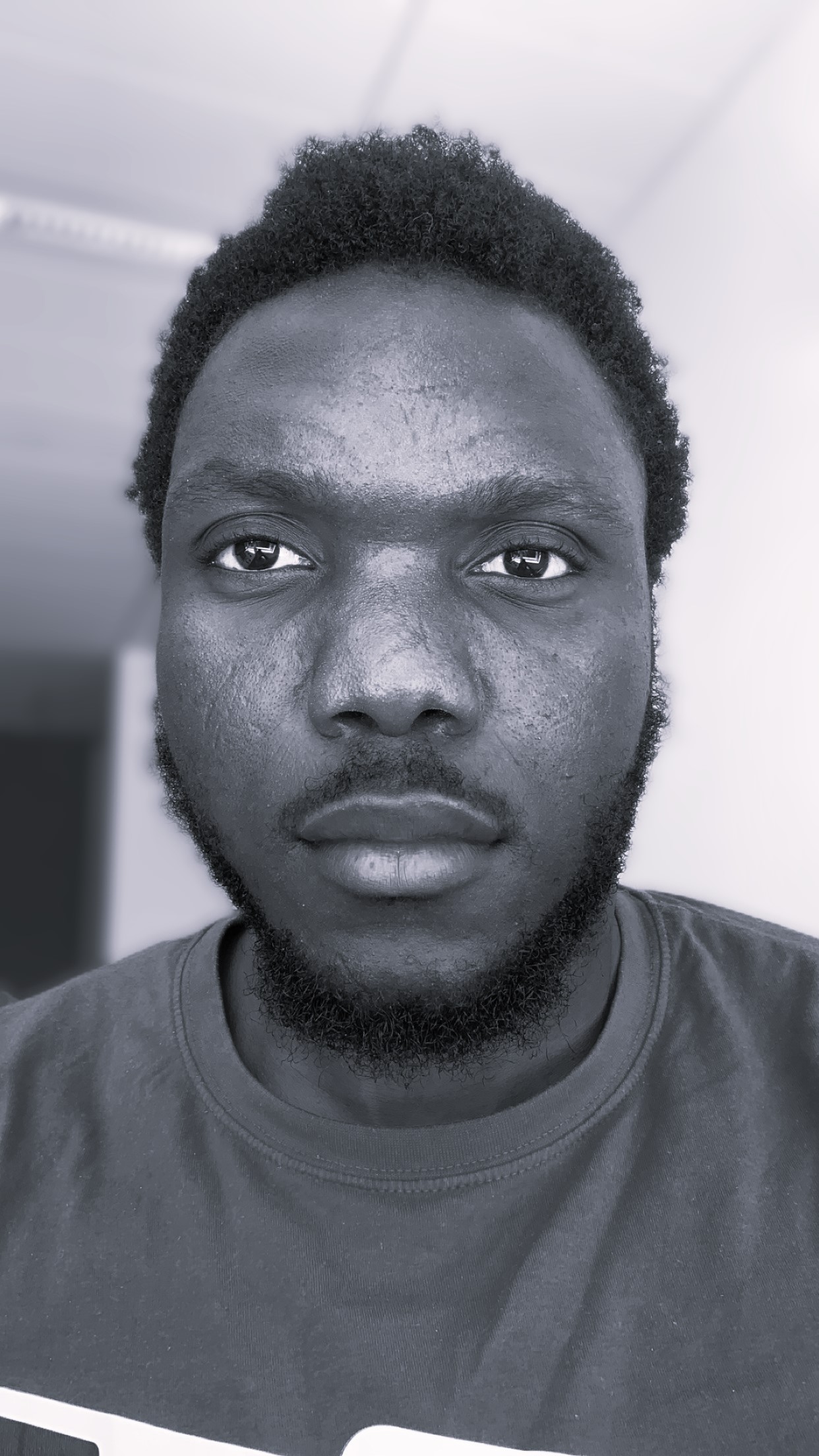There’s quiet momentum behind a simple idea: use safe, low‑power radio waves to spot suspicious changes in the breast. Microwave imaging doesn’t use ionizing radiation or contrast injections, and exam setups can be compact and comfortable. It’s still early days, but recent research and open datasets are helping the field move faster and more transparently.
We have a research project in this domain. Here’s what microwave imaging is in plain terms, why open datasets like UMBMID matter, and how this ecosystem accelerates progress.
Microwave imaging in a nutshell
- What’s measured: antennas transmit and receive radio waves across multiple frequencies. The resulting “S‑parameters” summarize how waves scatter through the breast.
- What clinicians hope to see: contrasts in how tissue interacts with radio waves—often stronger in water‑rich or highly vascular tissue—can hint at suspicious areas.
- Two common strategies: (1) Tomography reconstructs property maps (richer but computationally heavier); (2) Radar‑style focusing pinpoints scatterers (lighter and faster).
What we know so far
- Feasibility: multiple systems have safely scanned volunteers and patients.
- Performance is variable across prototypes (hardware, frequency, coupling medium, and algorithms differ), with small‑study sensitivities often reported around 60–>90% and detectability better above ~10 mm lesions.
- It’s not a (yet) replacement for mammography today; the promise is a standalone or a complementary adjunct that’s safe, comfortable and cost‑aware.
Why open datasets like UMBMID are pivotal
Open, well‑documented data measured on breast phantoms let teams around the world test ideas on the same playing field—no patients required. Three big benefits:
- Reproducibility and apples‑to‑apples comparisons
Shared measurement protocols and known phantom designs reduce “lab effects,” so improvements are more likely to generalize. Also, researchers can benchmark detection/localization on identical inputs, making progress measurable.
- Data for training modern AI
Microwave measurements are high‑dimensional but scarce. Public datasets multiply the effective data pool for training and validation. The enable mix‑and‑match: where models can learn across phantom “generations,” frequencies, and array geometries, becoming more robust.
- Faster iteration without patient burden
New algorithms can be tried and compared in days instead of waiting months for bespoke data collection. Negative results (what doesn’t work) can be shared openly, preventing duplicated effort.
A closer look at UMBMID (and friends)
UMBMID (University of Manitoba Breast Microwave Imaging Dataset) contains measurements from experimental scans of MRI-derived breast phantoms, obtained with a pre-clinical breast microwave sensing system.
What it contains
- Multiple generations of breast phantoms that mimic fatty shells and fibroglandular cores.
- Measurements collected in monostatic and bistatic configurations across multiple frequencies.
- Rich metadata about phantom geometry and acquisition setup.
Why it helps
- Enables standardized benchmarks for detection/localization.
- Supports research on “domain shift” (phantom → real‑world data), a core step toward clinical translation.
Other resources
- Additional public or semi‑public datasets (e.g. BreastCare) and detailed system reports exist in the literature; together they broaden the variety of array layouts, coupling media, and frequencies. If you maintain one, we’d love to include it in a future roundup.
Practical note
- We work with these datasets as‑is (we don’t build phantoms). The transparency around how they were created helps us understand where models succeed or fail—and how to improve.
How these datasets help our research project (briefly)
- Detection: train classifiers to distinguish “tumor vs no tumor” signals across phantom generations.
- Localization: map likely 2D/3D coordinates of inclusions using learned focusing.
- Size estimation: estimate lesion diameter ranges (e.g., 10–30 mm) with uncertainty.
- Robustness: stress‑test across different phantom designs and acquisition settings to reduce false alarms and missed detections.
The goal is simple: build models that are honest about their confidence and that improve clinicians’ decision‑making when microwave data are available.
Curious about how researchers test microwave imaging without involving patients? In the next article, — “The hidden heroes of Microwave Imaging: Materials that make breast ‘phantoms’ feel real”—we’ll lift the lid on the lab‑built stand‑ins that make rigorous, safe progress possible.
Sources and further reading
- Lazebnik, M. et al. Ultrawideband dielectric properties of normal, benign, and malignant breast tissues. Physics in Medicine & Biology, 2007. https://doi.org/10.1088/0031-9155/52/20/002
- ICNIRP. Guidelines for limiting exposure to RF fields (100 kHz–300 GHz), 2020. https://www.icnirp.org/cms/upload/publications/ICNIRPrfgdl2020.pdf
- UMBMID: University of Manitoba Breast Microwave Imaging Dataset (GitHub). https://github.com/UManitoba-BMS/UM-BMID
- Aragao, A. D. J., Carvalho, D., Sanches, B., & Van Noije, W. A. A Review on Microwave Imaging Systems for Breast Cancer Detection. IEEE Access, 2024. https://doi.org/10.1109/ACCESS.2024.3516762
- Bhargava, D., Rattanadecho, P., & Jiamjiroch, K. Microwave imaging for breast cancer detection — a comprehensive review. Engineered Science, 2024. https://www.espublisher.com/journals/articledetails/1116/

 English | EN
English | EN 